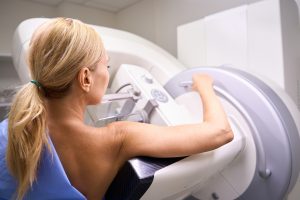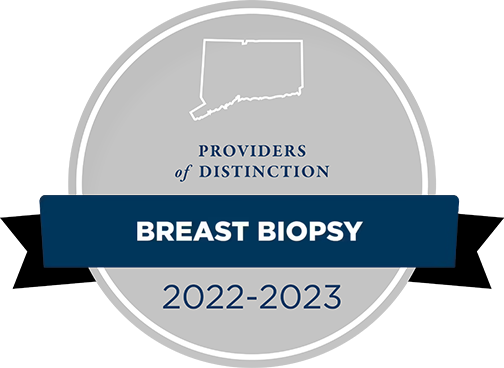Doing A Self-Exam
Doing self-exams is a simple, effective, and critical tool in maintaining breast health. Did you know? The early signs of many breast abnormalities are often found by individuals themselves. It’s important for everyone to be aware of how their own breasts look and feel so any concerning changes will be noticed and can be brought to the attention of a medical professional. This is a particularly important practice for individuals who are under 40, since they are typically not receiving routine mammograms.
Beginning a Self-Exam
The Center for Disease Control and Prevention recommends that individuals should first stand in front of a mirror undressed and visually inspect the breast area. Look for any differences in the breasts such as puckering or a change in size. Using the finger pads, gently press around both breasts one at a time to determine how each breast feels and if there is a different feeling or response between the breasts. It is important to be sure to press on the entire breast from the clavicle to the underarm.
Raise Your Arm and Say Yes to Self-Exams
Also, set aside a few minutes each month to lay down and do a full self-breast exam. If you get a regular menstrual period, it is recommended to do your self exam the week following your period. If you do not get a regular menstrual period, try doing it the first week of every month to stay consistent. Raise the arm of the breast being examined and put it behind the head while using the opposite hand to gently press with the finger pads in a circular motion all around the entire breast area working from the outside of the breast in toward the nipple. Simply put, this is a free, easy way of getting to know one’s own body so that if something does change you can speak to a professional.
Being Proactive is Key to Breast Health
If you find something atypical while doing a self-exam, or you need to schedule your annual exam, Connecticut Breast Imaging is proud to be known for patient-centered compassionate care exclusively dedicated to the prevention, screening, and diagnosis of breast cancer. Visit the practice’s website for more information or to schedule an appointment https://ctbreastimaging.org.
This short video, from the National Breast Cancer Foundation, provides excellent tips for doing monthly self-exams. Check it out here today!













